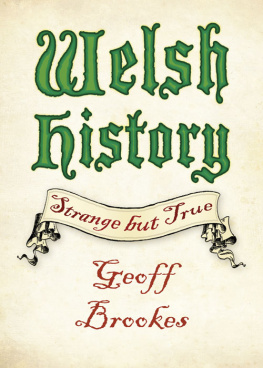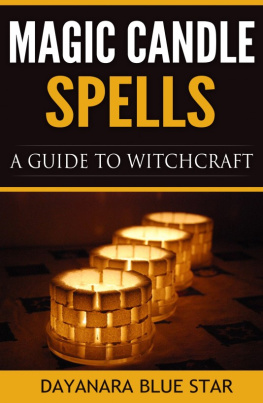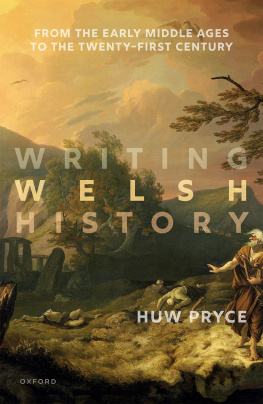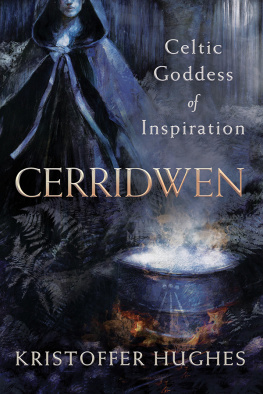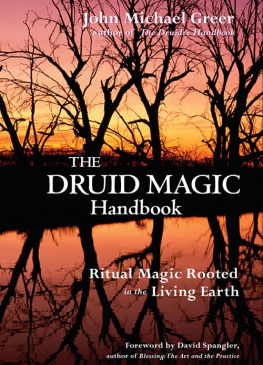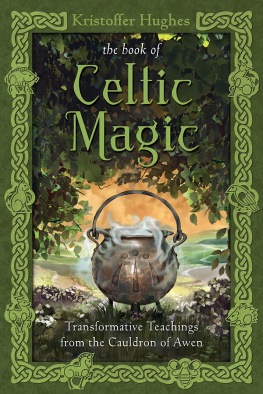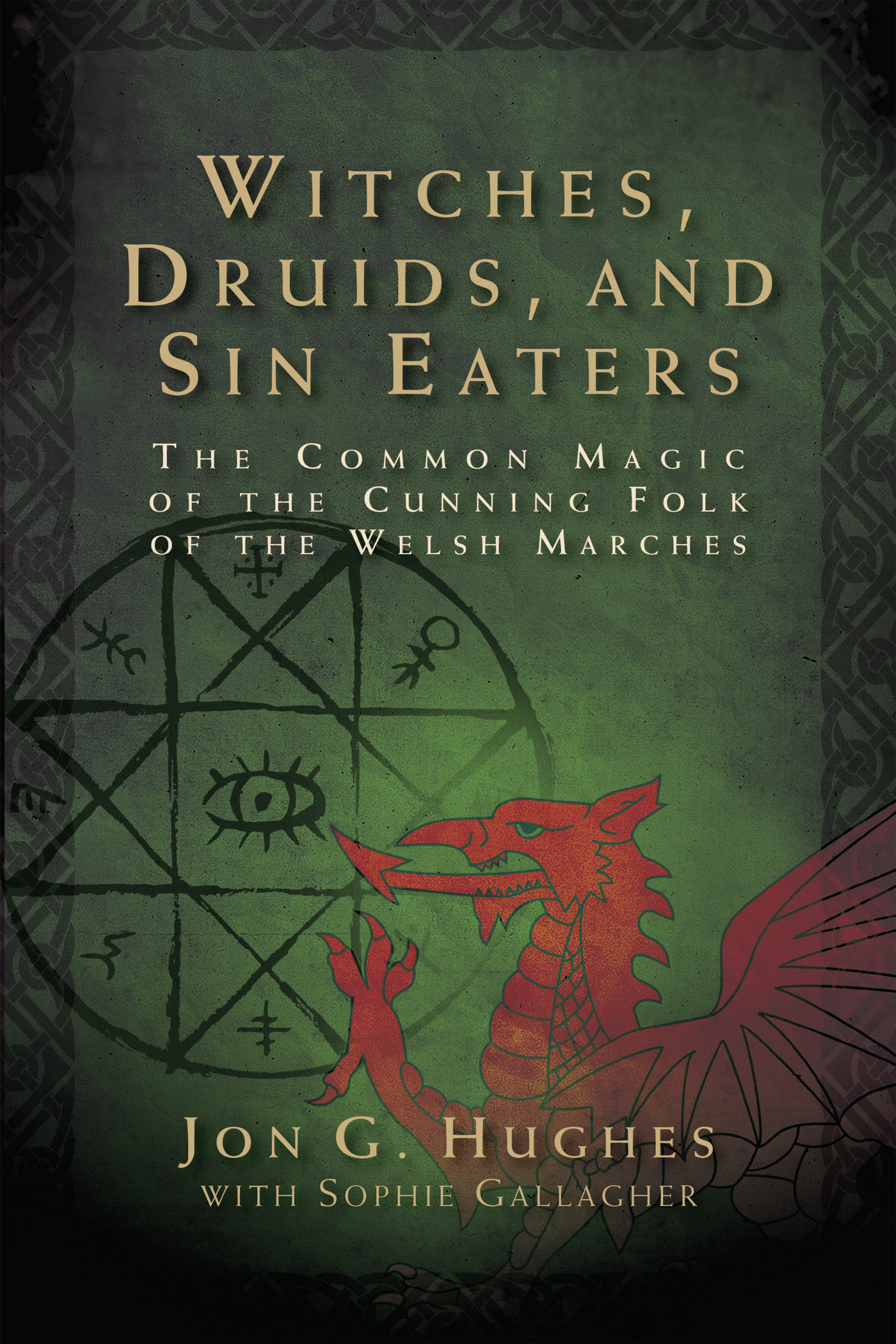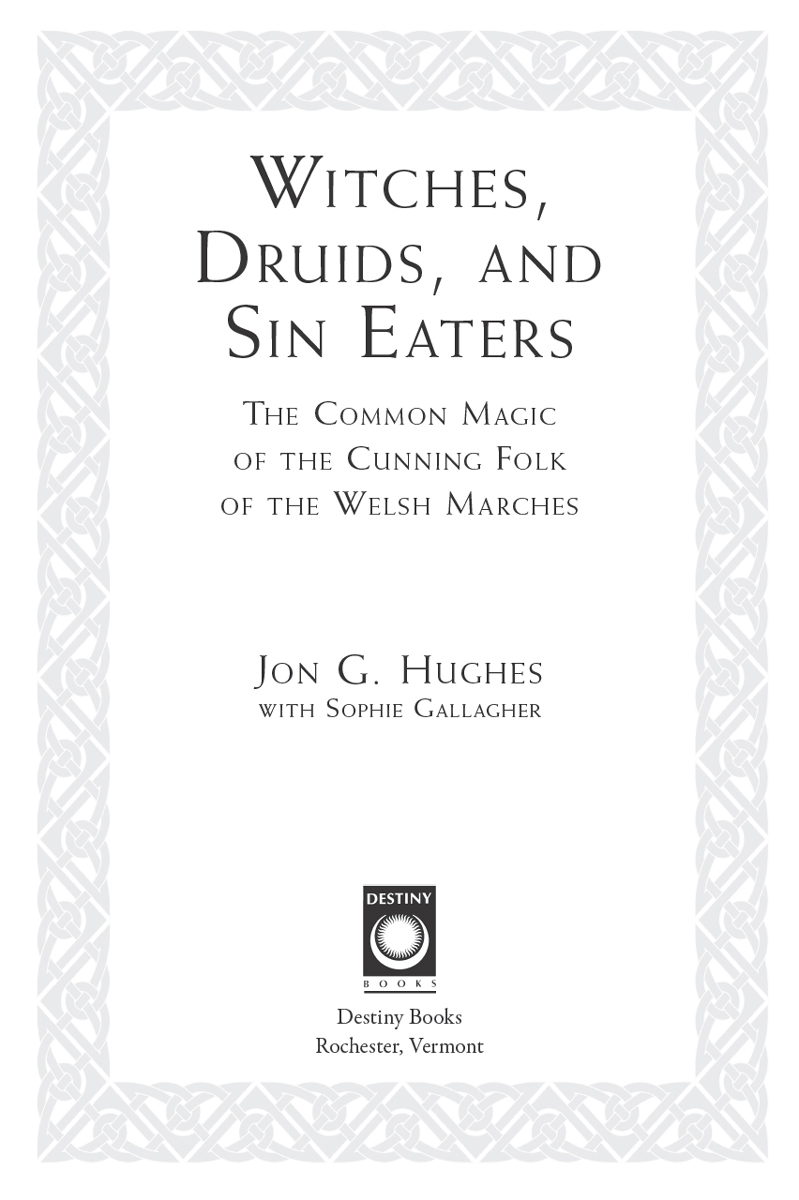Jon G. Hughes - Witches, Druids, and Sin Eaters: The Common Magic of the Cunning Folk of the Welsh Marches
Here you can read online Jon G. Hughes - Witches, Druids, and Sin Eaters: The Common Magic of the Cunning Folk of the Welsh Marches full text of the book (entire story) in english for free. Download pdf and epub, get meaning, cover and reviews about this ebook. City: Rochester, year: 2022, publisher: Destiny Books, genre: Science / Art. Description of the work, (preface) as well as reviews are available. Best literature library LitArk.com created for fans of good reading and offers a wide selection of genres:
Romance novel
Science fiction
Adventure
Detective
Science
History
Home and family
Prose
Art
Politics
Computer
Non-fiction
Religion
Business
Children
Humor
Choose a favorite category and find really read worthwhile books. Enjoy immersion in the world of imagination, feel the emotions of the characters or learn something new for yourself, make an fascinating discovery.

- Book:Witches, Druids, and Sin Eaters: The Common Magic of the Cunning Folk of the Welsh Marches
- Author:
- Publisher:Destiny Books
- Genre:
- Year:2022
- City:Rochester
- Rating:5 / 5
- Favourites:Add to favourites
- Your mark:
Witches, Druids, and Sin Eaters: The Common Magic of the Cunning Folk of the Welsh Marches: summary, description and annotation
We offer to read an annotation, description, summary or preface (depends on what the author of the book "Witches, Druids, and Sin Eaters: The Common Magic of the Cunning Folk of the Welsh Marches" wrote himself). If you haven't found the necessary information about the book — write in the comments, we will try to find it.
Describes the arcane rituals, ancient beliefs, and secret rites of the Welsh Marches, including those of the Sin Eaters, Eye Biters, and Spirit Hunters
Shares extracts from ancient texts stored in the archives of the National Museum of Wales, along with many original photographs of related artifacts
Includes a Grimoire of the Welsh Marches, a wide collection of spells and magical workings along with practical instruction on crafting and casting
In this collaboration between a Druid and a witchcraft researcher, Jon G. Hughes and Sophie Gallagher describe in intricate detail the arcane rituals, ancient beliefs, and secret rites of the Welsh Marches, the borderlands between Celtic Wales and Anglo-Saxon England--one of the oldest and most significant locations for early witchcraft and a lasting repository for ancient Druidic lore. The authors explore the repressed rituals and practices of sin eaters, those who take upon themselves the sins of a recently deceased person; eye biters, powerful Witches able to cast malevolent curses simply by looking at their victims; and spirit hunters, Witches who gain control of their victims spirit. Drawing on their personal access to the archives of the National Museum Wales, as well as the local museums found within the Welsh Marches, the authors share extracts from ancient texts, along with original photographs of related artifacts, such as charm and spell bottles used to ward off evil and poppets, wax effigies crafted by Witches to inflict pain and death on a targeted subject. In the second half of the book, the authors present a Grimoire of the Welsh Marches, a wide collection of spells and magical workings along with practical instruction on crafting and casting.
Offering a comprehensive look at the earth-based beliefs and practices of primal witchcraft and Druidic lore, the authors show not only how the traditions of the Welsh Marches had a profound influence on the cultural and spiritual history of the British Isles but also how their influence was exported to all corners of the world.
Jon G. Hughes: author's other books
Who wrote Witches, Druids, and Sin Eaters: The Common Magic of the Cunning Folk of the Welsh Marches? Find out the surname, the name of the author of the book and a list of all author's works by series.

